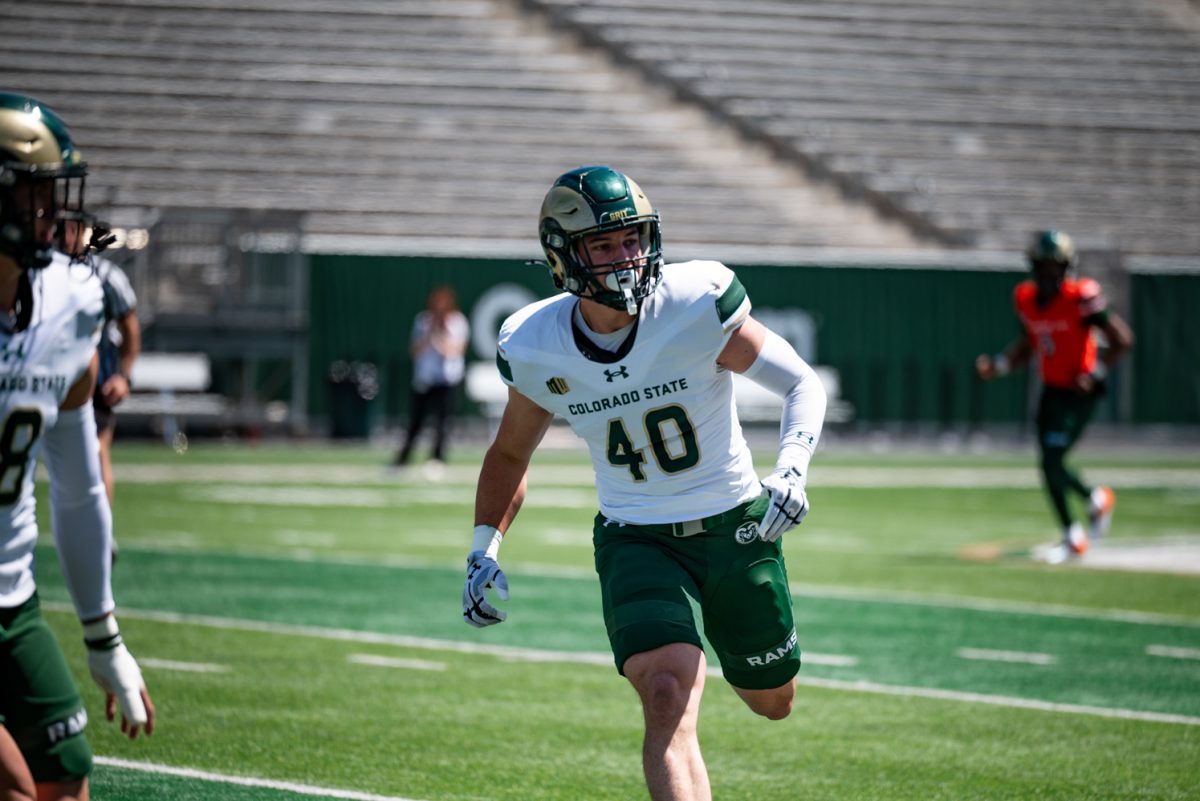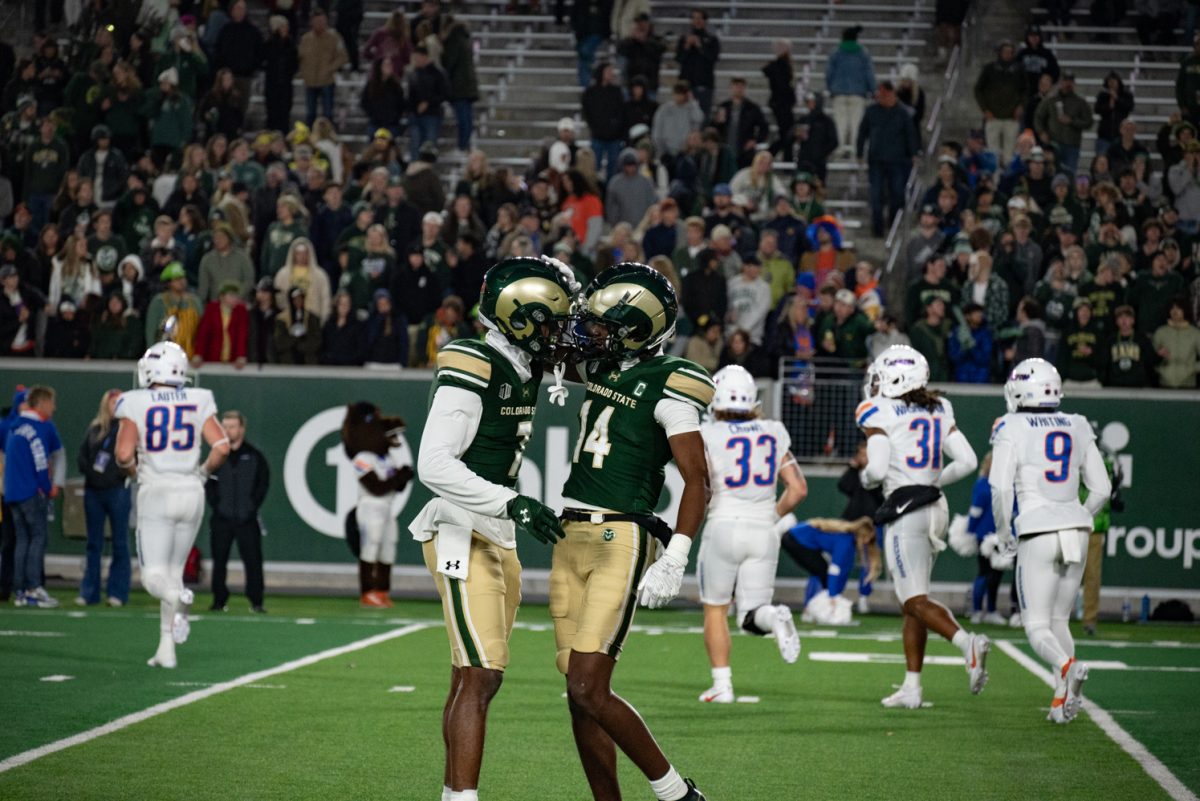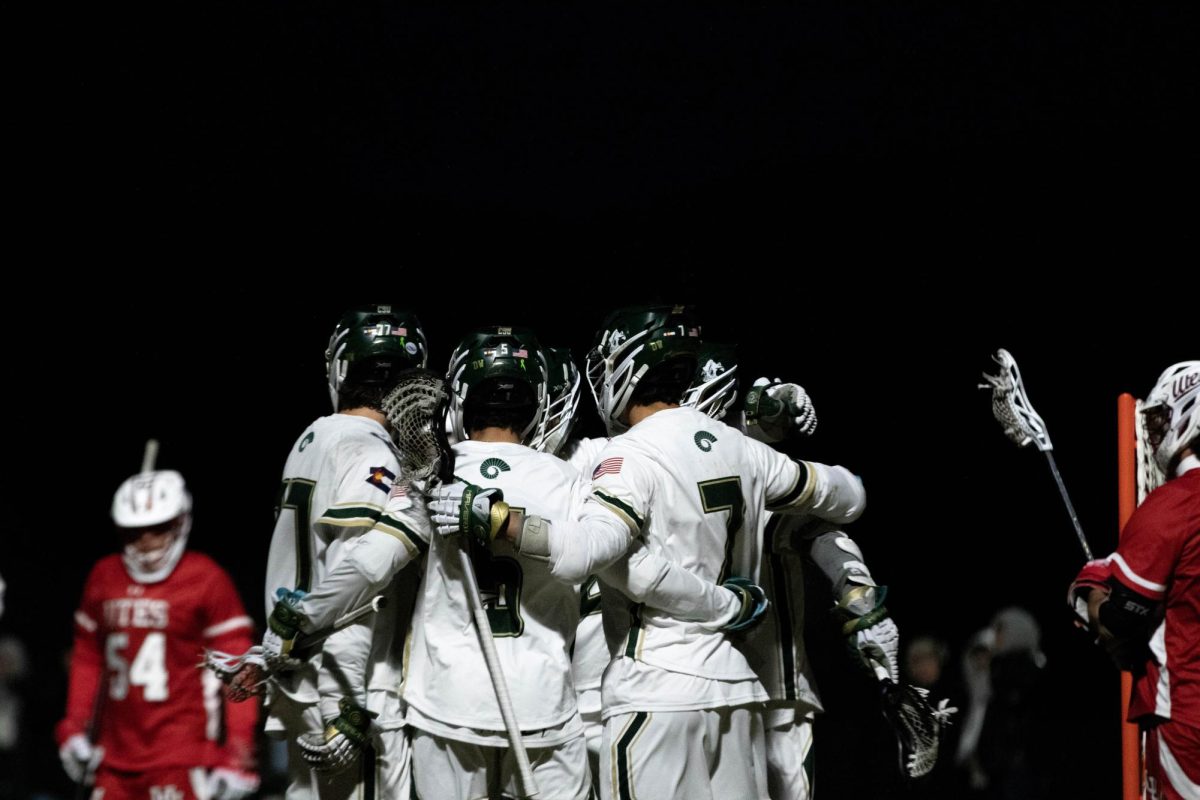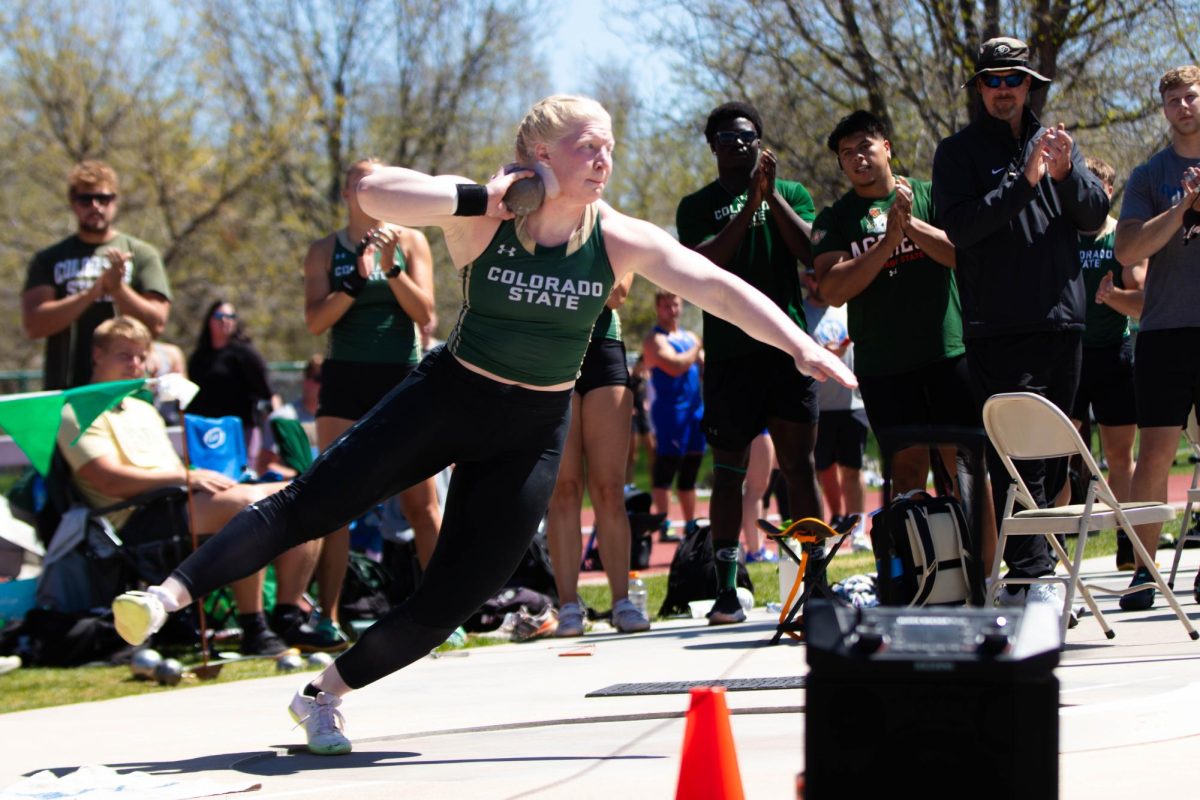Some kids grow up dreaming of playing college football. They throw the ball to themselves in the backyard, imagining themselves scoring a touchdown as a packed stadium roars. They watch every game imaginable on Saturday afternoons.

Many of them likely played the NCAA football video games, dreaming of seeing themselves featured in one someday.
From 1993 until July of 2013, video game developer Electronic Arts, better known as EA, produced a version of a college football video game that made the dreams of student-athletes a reality. The game was widely popular among both fans and players.
“It was basically a dream come true,” said former all-conference CSU defensive back Bernard Blake, who was featured in the game during his collegiate career. “Growing up as a kid, no matter what financial background, no matter what type of community you came from, everybody played those video games. Everybody would create themselves and play as that player, whether it was offense or defense you always wanted to be on the field and you would create yourself and be able to do that. Just to get on that game and not have to do that, you just go to a team and say ‘I’m right there.’ It was awesome.”
Blake recalls how his CSU teammates would pre-order the game and eagerly check their ratings once it was released. They would joke around about who was more deserving of the “Player of the Game” award that appears after each game is completed. Wide receivers and defensive backs would settle their one-on-one battles virtually.
However, in the early part of this decade, lawsuits were filed against EA by former college football and men’s basketball players (EA also produced a popular college basketball video game). Lead plaintiffs in the suit included former Nebraska and Arizona State quarterback Sam Keller, former UCLA basketball player Ed O’Bannon and former Rutgers quarterback Ryan Hart.
They sued the video game creator claiming EA had used their likeness and identities within the games without permission.

Additionally, as enjoyable as it may have been to see oneself in a video game, there was also a reality that existed beneath the surface: EA was earning millions of dollars in sales of their games while the main attractions of the games – the players – received nothing.
“At first I was thrilled, you sit around and play those games and they have your picture and your jersey number and how you wear your uniform down to the very finest detail,” said former CSU tight end Joel Dreessen, who played for the Rams from 2000-2004 before enjoying a nine-year NFL career with the Jets, Texans and Broncos. “You’re flattered. You want to throw the ball to yourself and play with yourself within the game. It’s really cool. But that’s all on the surface level. You start to realize this video game is using my likeness, my performance, my popularity, and my skillset to make a lot of money. And that’s not necessarily fair. I was flattered at first but I understand the premise of the lawsuit.”
Despite a settlement agreement being reached several years ago between the players and the popular video game company for $60 million, it was just recently that the checks were sent out to players whose likeness was used in the 2003-2014 versions of the game. It has taken time for the players to stake a claim in the suit, and in turn, according to ESPN’s Darren Rovell, a total of 24,819 players who filed claims in the claims process were validated. The amount of the checks varied based on the years in which the players were featured in the game.
In a certain sense, this lawsuit is representative of a larger debate circulating in collegiate athletics about how student-athletes should be compensated for things such as likeness in a video game or the sale of an autograph.
“You can’t stop income from being generated with a non-profit organization like the NCAA and not award your commodities,” Blake said. “Us as athletes, whether it’s football, basketball, volleyball, soccer or whatever collegiate sport you want to use, we’re the ones who generated revenue and income for these companies. Nobody really wants to work for free at the end of the day is what it comes down to.”
It can be problematic and conflicting as the movement towards student-athlete compensation moves forward.
On one hand, it makes sense that an athlete should be justly compensated for their own appearance or signature, especially if another entity is profiting from them. On the other hand, collegiate athletics are still not professional, and a line has to be drawn at some point in order to still honor the status of the amateur athlete.
“I’ve always been conflicted by this,” Dreessen said. “I was so thrilled when I got a full-ride scholarship. I got a free education. I got my college completely paid for to do something I love. I always took a grateful approach. I was so blessed to get a scholarship and be able to attend college for free if I just worked hard and become a very good football player, which is something I wanted to do anyways. At the same time, at some of these bigger schools – Ohio State, Alabama, Michigan – these guys are putting lots of money into their universities with their talents and I think they deserve to be compensated for it. What that is, how they determine that, I guess that’s for people smarter than me to figure out. I definitely think it’s not necessarily fair at this point.”
Football players in big-name powerhouse programs of course receive a full-ride scholarship. Depending on the institution, it can range somewhere in the ballpark of a $100,000-$200,000 education over a four-year span. However, the dollar figures simply do not add up. According to a Forbes report in 2013 on college football program revenue, Alabama brought in $81,993,762 in revenue and profited $45,074,799 from football alone.

“A free education is great,” Dreessen said. “But when you’re looking at the amount of dollars, and the money these guys are bringing into the university, it’s not fair. They should be entitled to some of that.”
Although the lawsuit has been settled and compensation checks have either arrived or are on their way to players, EA has not confirmed nor officially mentioned any return of the video game in the foreseeable future.
But, there are still many former players, including Blake, who hope that the game series that once transformed many players’ dreams into a reality and brought friendly banter to college dorm rooms across the country, will one day return.
“I love the game, “Blake said. “It was one of those added blessings of becoming a collegiate athlete. It’s cool for everyone, whether you’re a scholarship athlete, walk-on athlete or just a fan. I would love to see it come back as well as the NCAA basketball game. A lot of people’s careers are over after the collegiate level. It’s cool to have something like that to look back on.”
Collegian Sports Reporter Michael Roley can be reached at sports@collegian.com and on Twitter at michael_roley.







